Soil scarcity on volcanic islands
PicoAzores
7 years ago
last modified: 7 years ago
Featured Answer
Sort by:Oldest
Comments (71)
PicoAzores
7 years agoRelated Discussions
Cactus bacteria innoculant
Comments (2)? Are any cactus known to be allelopathic to other plants ? The cactii I have do get some intense rains sometimes, we are semi-arid in terms of moderate total tropical rainfall. Of course their rock perch gives immediate drainage. I was thinking of innoculating lava rock pieces for hydroponic growing & also, as a container medium alternative to perlite/crushed granite ingredients. On Hispaniola Island we have a different cactus that is used as a living thorn hedge. It is a variety that can grow 2 stories high, fills in dense so livestock do not pass & eventually shades out other under-story plants. Yet, it is decidedly benign to other vegetation alongside it & does not kill off established accacia trees it over-runs. (Our thankfully non-poisonous snakes like to harbor in this. So it is going out of favour to use near dwellings, since most everybody in the countryside has free ranging chickens around, & frequently in the house.) The cactus of my original post that are found on the island's volcanic outcrops is more like people's pet house cactii varieties, skinny spikes maybe getting knee high. I just assumed they are niche adapted, rather than allelopathic to vegetative plants whose seeds don't carry the same endobacteria ....See Morecan I fix soil this bad!?!?
Comments (22)That area has high native limestone and chalk, and is known for having caliche under clay. That hard stuff you hit may just be just be caliche, which is mostly limestone. In some places the clay soil may be just a few inches thick on top of caliche. The native soil will be quite alkaline, and you probably won't be able to do much about that in the native soil because it is largely limestone. I don't know anything about growing roses, but since you're out away from the house a raised bed or a berm would be a great idea. I'm thinking about 12", or even more if you can. That will resolve poor natural drainage that you probably have, as well as allow you to at least partially dodge the limestone. The problem comes with getting the soil for the bed in your location. There is an outstanding soil yard and a top-notch soil guy on the west side of Austin, and there is another good outfit that has a location on the south side of Dallas near Lancaster. If you have a really good local garden center, you might check with them on suppliers. You might also post in the Texas Gardening forum for possible suppliers in the Waco area. This post was edited by TXEB on Wed, Aug 21, 13 at 2:25...See Morefertilizing soil
Comments (15)Many years ago I wanted to plant fruit trees. We have only about 6" layer of soil and below that is pure shale rock. I was at that time advised by the fruit tree nurseries to dig holes, fill them with good dirt (compost etc) and plant the trees. That is what I did. With great deal of labor we dug holes about 4 feet deep and 4 feet diameter and planted several fruit trees. Result: The plants grew fine but when came time to bear fruit 2-3 years later, the fruit was sparse. Over the next 10 years, the trees did not flourish at all and slowly became prey to diseases and died. The consultations with experts over the years suggested that "just digging a hole does not help, beyond the 4 feet the roots cannot go any where and therefore the trees remain weak". The Hawaiian rock I understand is lava rock and therefore more porous. Not sure if that may be different....See Moreplanting on a clay mountain side
Comments (9)Wow, rubrifolia, you get around. Last we heard from you, you were in NYC hunting for authors and planning a fir hedge. How'd you get on down to Puerto Rico? You have described my soil to a T. Always thought it was caused by the nearby river. Here's what I do. You are never going to fix the whole place. Plant grass. It does not mind the clay. When you want a rose hole, dig out a hole 1.5 deep by 1.5 feet wide and long. Here, we only have 8 inches of topsoil, then you hit sandstone and other nasty stuff. So you drag your son off his computer and get him out there with a pickaxe. After all the grumbling, he gets into it. Whack! Whack, whack, whack! These darn kids these days. Why do they brush their teeth at the breakfast table? My husband made me a dirt strainer. It is a rectangle built out of 2 by 2's with wire screen tacked on. Okay we work with a garden cart hooked to a lawn mower and a wheelbarrow. We shovel some dirt on top of the dirt strainer. Rub and work the dirt through the strainer into the lawn cart. It looks like nice dirt when you're done, but it's deceptive. The rocks get dumped into the wheelbarrow. Then add one half manure to this strained dirt. I have horse manure, which is pretty weak fertilizer. Then dump it back into the hole and plant your rose. I had this old recipe that I got out of an old rose book written by a famous rosarian back in the 60's. He called for one third peat moss, one third horse manure, and one third dirt. He claimed roses liked a little clay and to throw some bones if you had them in the hole. He said to make your hole two feet deep. I cheat. I also have my doubts about the peat moss, since straight clay is already acidic. My ph is 7. This soil plays out quickly so you have to resort to chemical intervention. Did you ever read about how cotton destroyed the clay soils in the South and George Washington Carver convinced them to grow peanuts? So everybody grew peanuts but couldn't sell them so he invented peanut butter? Went to Congress and told them all about peanut butter? Well, that's everything I can think of about naturally occurring concrete. Until tomorrow. So................how about a picture of your place in Puerto Rico?...See MorePicoAzores
7 years agolast modified: 7 years ago- PicoAzores thanked daninthedirt (USDA 9a, HZ9, CentTX, Sunset z30, Cfa)
PicoAzores
7 years ago- PicoAzores thanked daninthedirt (USDA 9a, HZ9, CentTX, Sunset z30, Cfa)
PicoAzores
7 years agoPicoAzores
7 years agoPicoAzores
7 years agoPicoAzores
7 years agolast modified: 7 years agodaninthedirt (USDA 9a, HZ9, CentTX, Sunset z30, Cfa)
7 years agolast modified: 7 years agoPicoAzores thanked daninthedirt (USDA 9a, HZ9, CentTX, Sunset z30, Cfa)PicoAzores
7 years agoPicoAzores
7 years agodaninthedirt (USDA 9a, HZ9, CentTX, Sunset z30, Cfa)
7 years agolast modified: 7 years agoPicoAzores thanked daninthedirt (USDA 9a, HZ9, CentTX, Sunset z30, Cfa)PicoAzores
7 years agodaninthedirt (USDA 9a, HZ9, CentTX, Sunset z30, Cfa)
7 years agolast modified: 7 years agoPicoAzores thanked daninthedirt (USDA 9a, HZ9, CentTX, Sunset z30, Cfa)PicoAzores
7 years agolast modified: 7 years ago- PicoAzores thanked daninthedirt (USDA 9a, HZ9, CentTX, Sunset z30, Cfa)
PicoAzores
7 years agoPicoAzores
7 years agoPicoAzores
7 years agoPicoAzores
7 years agolast modified: 7 years agoPicoAzores
7 years agoPicoAzores
7 years agoPicoAzores
7 years agolast modified: 7 years ago- PicoAzores thanked daninthedirt (USDA 9a, HZ9, CentTX, Sunset z30, Cfa)
PicoAzores
7 years agoPicoAzores
7 years agoavgusta_gw
7 years agoPicoAzores
7 years agoavgusta_gw
7 years agolast modified: 7 years agoPicoAzores
7 years agoavgusta_gw
7 years agolast modified: 7 years agoPicoAzores
7 years agolast modified: 7 years ago
Related Stories
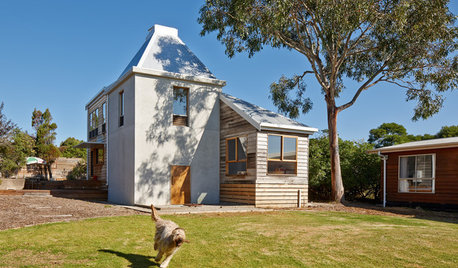
VACATION HOMESHouzz Tour: Traditional Chicory Kiln Becomes a Retreat for Two
A couple converts the Philip Island, Australia, structure into a vacation home with an unusual open-plan design
Full Story
SAVING WATER6 Reasons Why You Should Save Your Rainwater Now
Collect and store during the rainy season so you’ll have water ready for irrigation when you need it
Full Story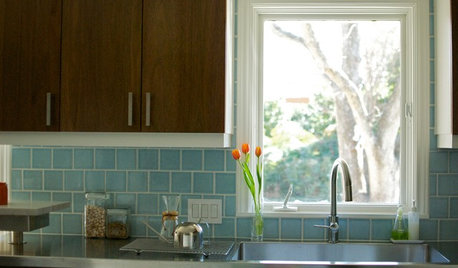
KITCHEN DESIGNKitchen of the Week: Practical, Budget-Friendly Beauty in Dallas
One month and a $25,000 budget — see how a Texas homeowner modernized her kitchen beautifully working with those remodeling constraints
Full Story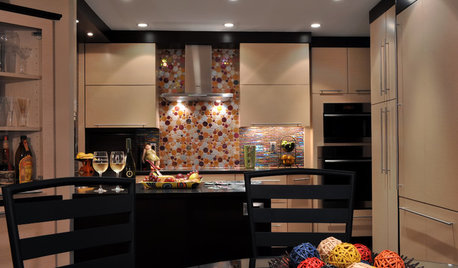
KITCHEN DESIGNChoosing a Backsplash: What's Your Personality Type?
10 Tile Styles That Say a Little Something About You
Full Story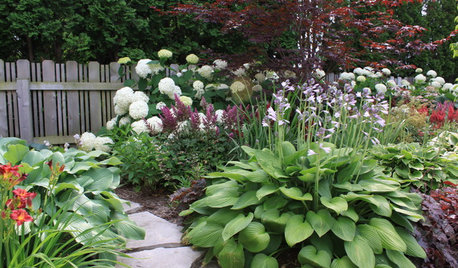
MOST POPULARSpring Gardens Are Blooming — Here’s What to Do in April
Get the guide you need for gardening in your U.S. region, with tasks, climate-appropriate plantings and more
Full Story
FEEL-GOOD HOME9 Ways to Boost Your Home’s Appeal for Less Than $75
Whether you’re selling your home or just looking to freshen it up, check out these inexpensive ways to transform it
Full Story
FARM YOUR YARDHello, Honey: Beekeeping Anywhere for Fun, Food and Good Deeds
We need pollinators, and they increasingly need us too. Here, why and how to be a bee friend
Full Story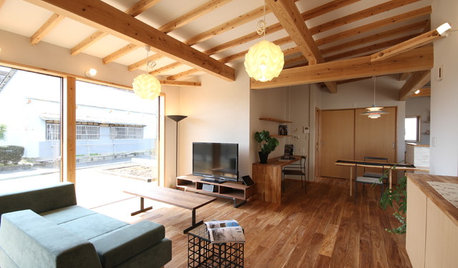
HOMES AROUND THE WORLDHouzz Tour: In Japan, a U-Shaped House Made With Natural Materials
Living areas are in one building and private sleeping areas are in another. A kitchen bridges the two structures
Full Story



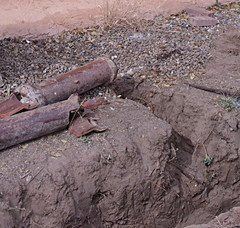


glib